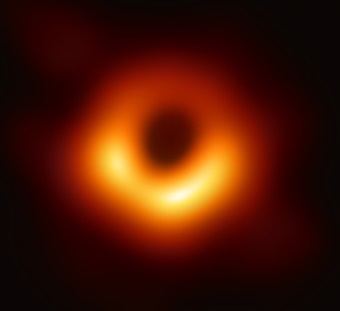
Questa pagina è inserita nella sezione d'archivio "Relatività generale"
Come si forma un buco nero stellare
Sempre più "vicini" al nostro buco nero galattico
Sempre più "vicini" ai getti espulsi dal disco di accrescimento
Apriamo le porte del buco nero: da Minkowski a Penrose passando per Schwarzschild
Differenza tra buco nero newtoniano e buco nero relativistico
E se il Sole diventasse un buco nero...??
I buchi neri hanno un "centro"?
Una bilancia di precisione per il nostro buco nero
L'Infinito Teatro dei Buchi Neri:
PAPA' AMOREVOLI O SEVERI MAESTRI DI VITA? Il ruolo dei buchi neri galattici nei processi di nascita stellare
COME TUTTO HA (FORSE) AVUTO INIZIO Le ipotesi più accreditate sui processi di formazione dei buchi neri primordiali
COME INDIVIDUARLI ? Le tecniche di rilevazione comunemente adottate
L'APPETITO VIEN MANGIANDO I principali metodi usati dai buchi neri per sfamarsi e loro conseguenze
MA QUANTI SIETE ??? Le più recenti teorie sulla diffusione dei buchi neri nella Via Lattea
I QUASAR, FARI NELLA NOTTE Una panoramica sui nuclei galattici attivi che rischiarano le tenebre dell'Universo lontano

